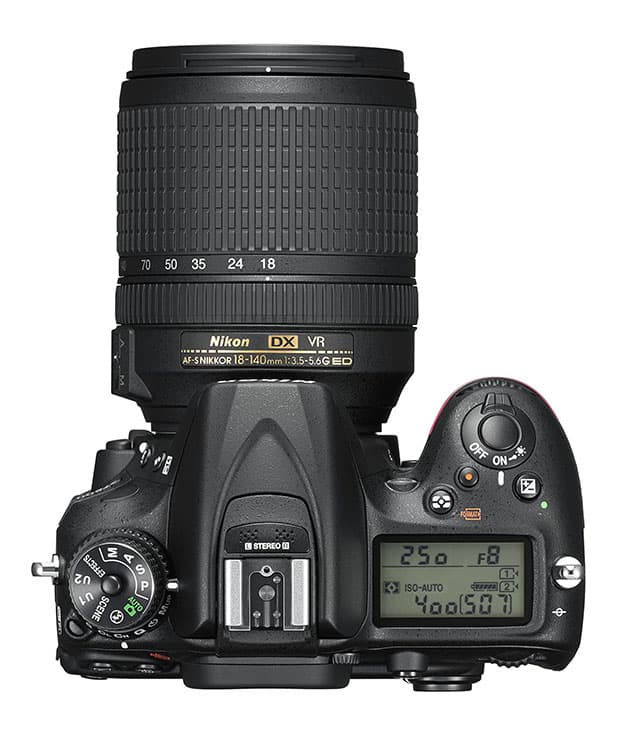The two-year-old D7100 used a Multi-CAM 3500DX AF sensor; the D7200 deploys a Multi-CAM 3500 II sensor, as featured on top-end Nikon models.
The key difference is its ability to focus down to -3EV, compared to -2EV on its predecessor. Nikon says this will allow sharp shooting in the dark, and the ability to produce clear footage of night-time video scenes.
What else has changed?
• The D7200 spec sheet quotes a 24.2-million-pixel imaging sensor, slightly higher than the 24.1 million pixels of the D7100. This may suggest Nikon has used a revamped sensor. That said, the image file size remains the same at 6000 x 4000 pixels
• The D7200 supports Near Field Communication (NFC) wireless connectivity, the first Nikon DSLR to do so
• Maximum ISO sensitivity has been extended to ISO 102,400, though only when shooting in monochrome. Native ISO has also been improved: from ISO 100-6400 in the D7100 to ISO 100-25,600 in the D7200
• The D7200 uses an Expeed 4 image processor, compared to Expeed 3 on the D7100
• The D7200’s larger buffer should enable users to shoot up to 27, 12-bit raw images and 100 JPEGs in burst mode
(Nikon trumpets the D7200 as ‘lightweight’, yet it weighs 765g, exactly the same as the D7100.)
The Nikon D7200 is due in shops on 19 March, priced £939.99 body only.









